When Philip Larkin went up to St John’s College, Oxford, in the early 1940s, he found himself in a world of deprivation and departures. The arrival of war had ruined any hope he might have had of living the sybaritic student life mythologised by Evelyn Waugh; the majority of the younger dons had departed to serve in the forces or the ministries; the few undergraduates at the college who hadn’t already followed suit could expect to be called up soon. And most were. But Larkin was not. Deemed unfit for active service because of his poor eyesight, he remained at Oxford for the full three years of his degree, while friend after friend was carried away to combat.
It was in this environment that he began to think seriously about photography. He would amble through St John’s, armed with a camera that used to belong to his father, attempting to preserve an epoch whose dominant mode was one of valediction. He became, as Richard Bradf ord phrases it in this beautifully produced book, a ‘visual elegist’.
Larkin had been interested in photography as a boy. But it was Oxford that transformed that interest into a passion. In 1947 he bought his first camera for the sum of £7, and wrote to his friend, Jim Sutton, to inform him of this ‘act of madness’. ‘I am so far awaiting my first roll of results,’ he said:
If they are bad I shall feel I have been rather a fool. It is a ‘fast’ camera… best suited to swift scenes in bright sun. Now I like poor light the best & I don’t think it will do any good in that line. But I’ll show you any worthy results. There are dozens of worthy compositions kicking around.
The term ‘compositions’ suggests that Larkin was already thinking about photography as an art form to be taken seriously (even if he was dismissive of the idea that he was an artist of the medium himself), and it is clear from his writing that he accorded it particular significance. Photographs are eerily conspicuous at the climax of his first novel, Jill (1946); they appear throughout his second, A Girl in Winter (1947); and in a letter to Monica Jones of 1956, he talks of wanting to make a poem that will offer the reader ‘a kind of duplicate of this world, like the margin round the shapes in a blurred photograph’.
In the biographical commentary that accompanies the 200 images collected here, Bradford suggests that it was from roughly this point (the late 1940s) that Larkin ‘gained increasing satisfaction in capturing images from life without the assistance of words’. Which seems sensible. But it underestimates the degree to which photography helped to liberate, and stimulate, Larkin’s poetic gifts.
Consider his lovely poem ‘Lines on a Young Lady’s Photograph Album’ (1954), which he had initially planned to publish in these pages. Here, it is an encounter with a volume of photographs — ‘those flowers, that gate,/ These misty parks and moors, lacerate’, he writes, ‘Simply by being over; you/ Contract my heart by looking out of date’ — that occasions a meditation on the themes of loss and mutability that would come to prove central to his work as a whole. And consider the fact that when, in the late 1970s, Larkin wrote to his friend Kingsley Amis to tell him that ‘poetry. . . has flown out of the window and now sings on some alien shore’, he had stopped taking photographs too.
But the photographs he did take, like the poems he wrote, stand. And it is a joy to find them so beautifully reproduced in The Importance of Elsewhere. Like Larkin’s literary works, they are a various lot: they include brooding self-portraits, affectionate studies of friends and lovers, unsettling depictions of an unsettling family, evocative records of lofty lodgings; and images of libraries, churches, high windows, sombre railway stations, doleful landscapes, stirring cemeteries.
Yet for all their variety, most of the photographs gathered here are united by the mark of a particular sensibility. This is the sensibility, to borrow from his beloved Thomas Hardy, of a man who used to notice things; and who, at the moment of noticing, was assailed by the recognition that the exquisite visions before him would soon be over. Such moments caused in Larkin a deep contraction of the heart. But they also filled him with the impulse to preserve. And so he took the photographs, and wrote the poems, to make such lacerating beauty last.
Got something to add? Join the discussion and comment below.
Get 10 issues for just $10
Subscribe to The Spectator Australia today for the next 10 magazine issues, plus full online access, for just $10.
Available from the Spectator Bookshop, £21 Tel: 08430 600033
You might disagree with half of it, but you’ll enjoy reading all of it. Try your first month for free, then just $2 a week for the remainder of your first year.

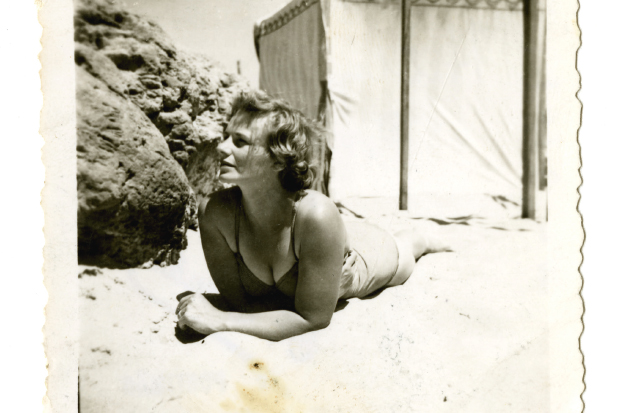
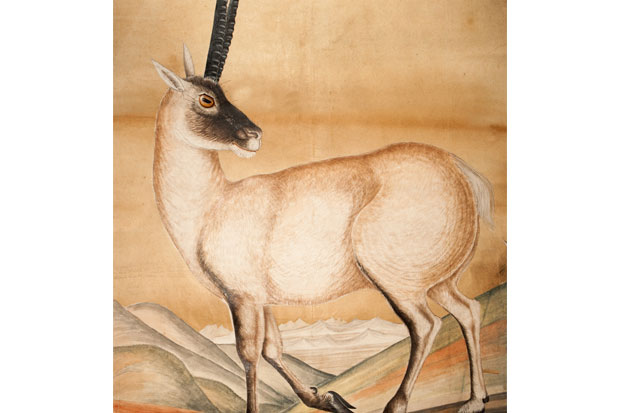
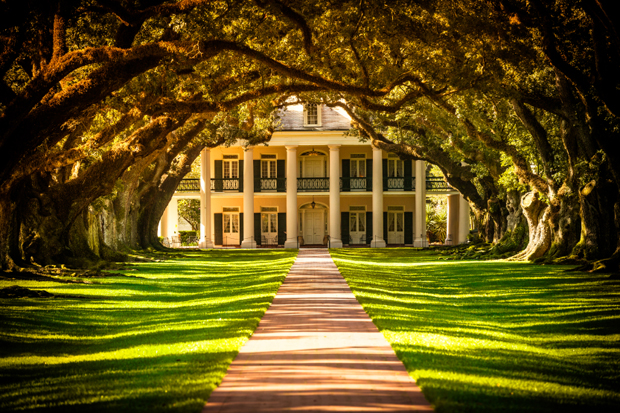

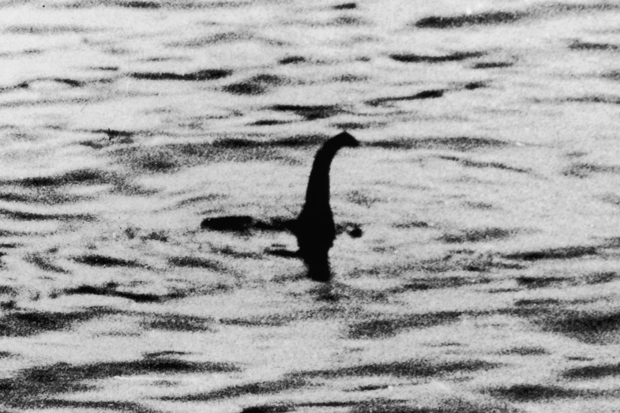
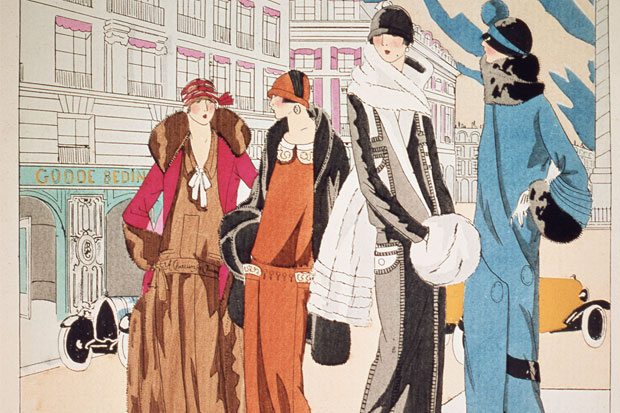
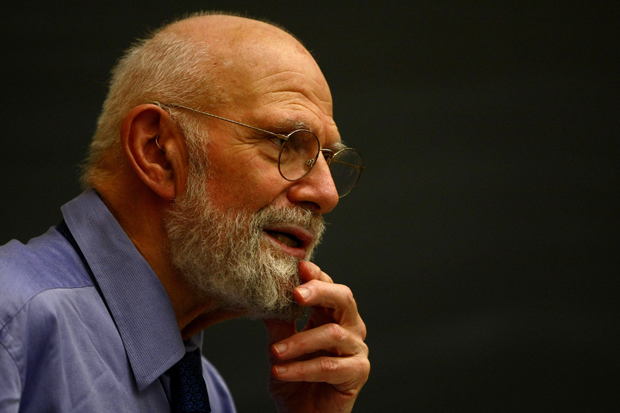






Comments
Don't miss out
Join the conversation with other Spectator Australia readers. Subscribe to leave a comment.
SUBSCRIBEAlready a subscriber? Log in